Question ID: 1000-3206-1-5-7-8
Recipe Description
Americans have been using cups and teaspoons for generations. They are much easier to transport and use for every day baking than scales. I assume it go started when people traveled and had to carry everything they owned or something. They are also vastly inferior!If you get 10 bakers and have them measure out one cup of flour you can get vastly different amounts of flour. In fact depending on how it is measured you can get twice as much flour using one method vs another! With bread a few grams can make a big difference in the outcome of your bread. So go spend $30-$40 on a decent set of scales. By far and away this will make the biggest difference in your bread. I am all about getting it so that it feels right, and knowing your recipe well enough to just be able to known it by feel.... but with baking bread you really need the precision that can only come with scales. The MyWeight KD7000 or KD8000 are both great sets of scales. They are cheap, and you can get them from any number of sources, but OldWillKnottScales usually has good prices (so does a certain very large online book store named after a river in South America, but you can get anything from them, and I would rather support the little guy if the price is close). There are plenty of options out there, but you want to make sure they can weigh in grams, and have a tare function.I will say that once you have gone to weight based cooking it is hard to go back. I convert all of my recipes to weight based, even my chocolate chip cookies! It is just so much easier to do, to scale, and get right.Important Points:Get scales, any scales! Just get them! Grams Tare function
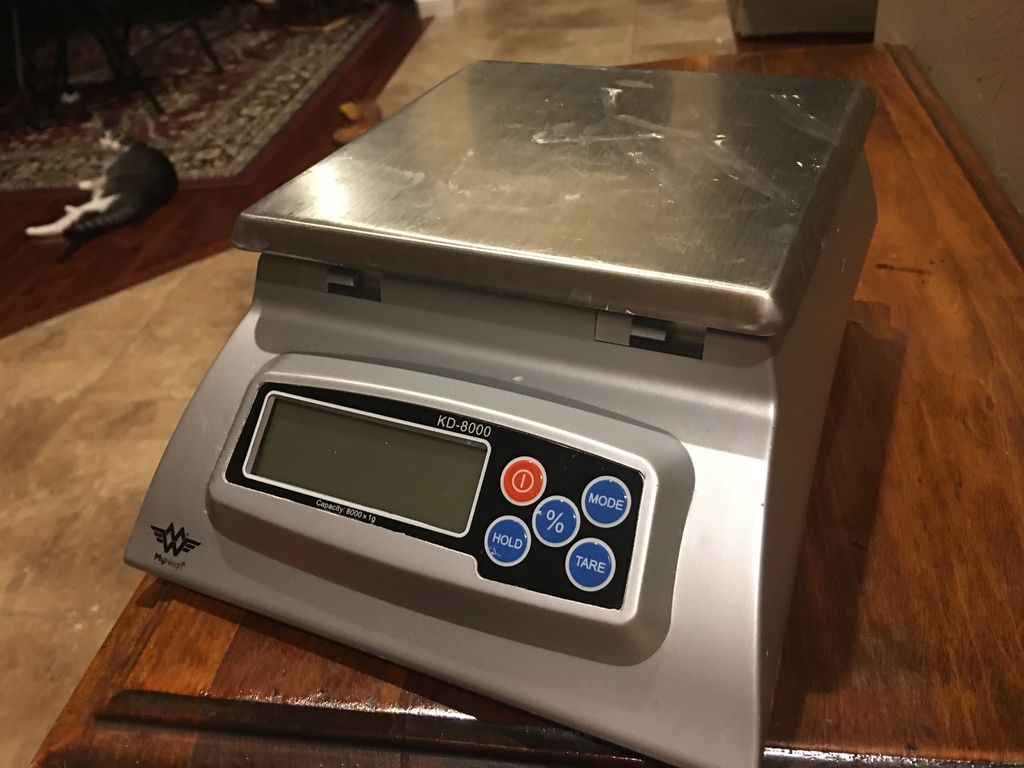

Excel, yes, the spreadsheet program by Microsoft. The first thing I do before I ever bake any loaf of bread is sit down with my laptop and excel. I have multiple sheets that I have made for various reasons, but by far and away the most common use is to determine how much flour, water, and salt are going to go into my bread. Let me give you an example of how to make a loaf of bread. And this loaf is basically how I start 90% of the bread I make. My bread has only 3 ingredients: flour, water, and salt (I make sourdough, so if you don't have sourdough starter you will also need yeast).The water needs to weigh 61% the weight of the flour, and the salt needs to weigh 2% of the flour.So let's look at it in an actual recipe:1000g flour 610g water (61% the weight of the flour) 20g salt (2% the weight of the flour) (Yeast if you aren't using sourdough starter)This will make a great bread. But it makes a 1612g of dough. That's a fairly good size loaf, I generally like my loaves to weight about 1000g of dough or less (more crust to crumb ratio, and the crust is where the flavor is). Excel makes this conversion easy. What if I want to make 4 loaves that are 1000? Maybe 8 loaves that are 800g? Excel makes all of this very easy. So make a few excel files, and it will make you baking so much easier. If not a gold old fashioned calculator will work. It just takes more time. If this does not make sense go on to the next step, more on the math there!Important Points:There is a lot of math involved, and a program like Excel makes it much easier.
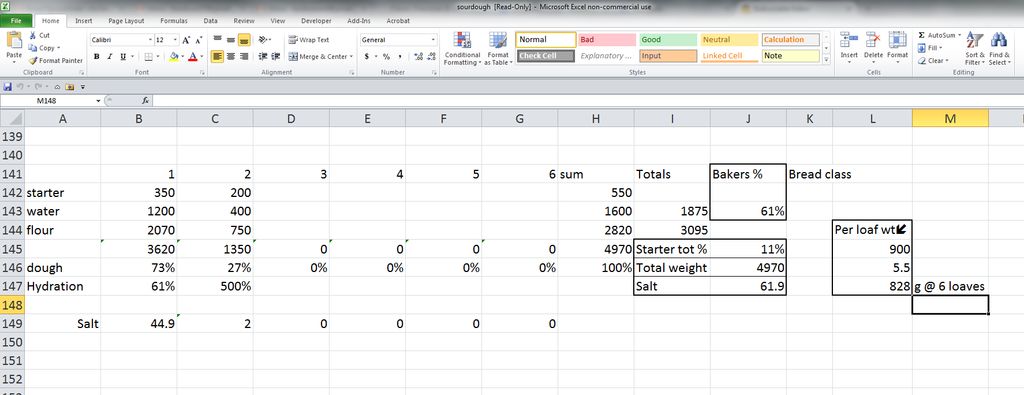

Bakers percentage? Isn't that kinda like any other percentage? Weeellllllll. No. Your average math teacher would go nuts on this one; but, once you get the concept it really makes sense, and is very helpful. The bakers percentage basis everything on the percentage of an ingredients weight compared to the flour. Why the flour? Because that is the rule. Yea you could have chosen any ingredient, but with the bakers percentage you use flour. So any ingredient you use is compared to the amount of flour. For example in our recipe the water weight is 61% of the weight of the flour.Lets look at a few specifics examples on our normal loaf of bread.HydrationThe most important number you are going to be using with the bakers percentage is the hydration. The ideal (OK, it is more of a good starting point) "bakers percentage" hydration is 61%. In the recipe we are referencing is a 61% hydration dough. You can experiment with all different hydrations, but 61% is what I have found is pretty well the middle of the road hydration. SaltAnother bakers percentage we will need is the salt. Salt is very important for flavor, slowing down the yeast, and helping with the structure of the dough. While there can be some variation in the amount of salt it is usually more consistent at around 2%. So if you have 100g of flour you will have 2g of salt.The numbersOne important point to note with the bakers percentage is that it will always be well over 100%. In our example the flour is 100%, water is 61%, and salt is 2%. So right there you have a dough that adds up to 162%?!? But don't look at it that way. There is not a total percentage that matters. It is all just a reference to the amount of flour. So with all these weird numbers, percentages why in the world would anyone use this bakers percentage!?! The reason is scalability. I can give you a recipe, but what if you want a larger or smaller loaf? If you know the bakers percentage of all the ingredients you just scale up and down easy. Just change the amount of flour, and the percentage stays the same! It also works well with any other ingredient you may want to use. If you have raisins in your bread you can use the same bakers percentage to make sure if you are making one loaf or a dozen, they all have the same amount of raisins. So it may take a bit to wrap your brain around, but once you get it down the bakers percentage makes things much easier. And add this with an excel file and it is easy to calculate no matter how many Or of what size loaf you want to make!Important Points:Everything is in relationship to the flourThe total percentage points mean nothingHydration is the amount of water, usually about 61% the weight of the flourThe salt is usually about 2% the weight of the flour
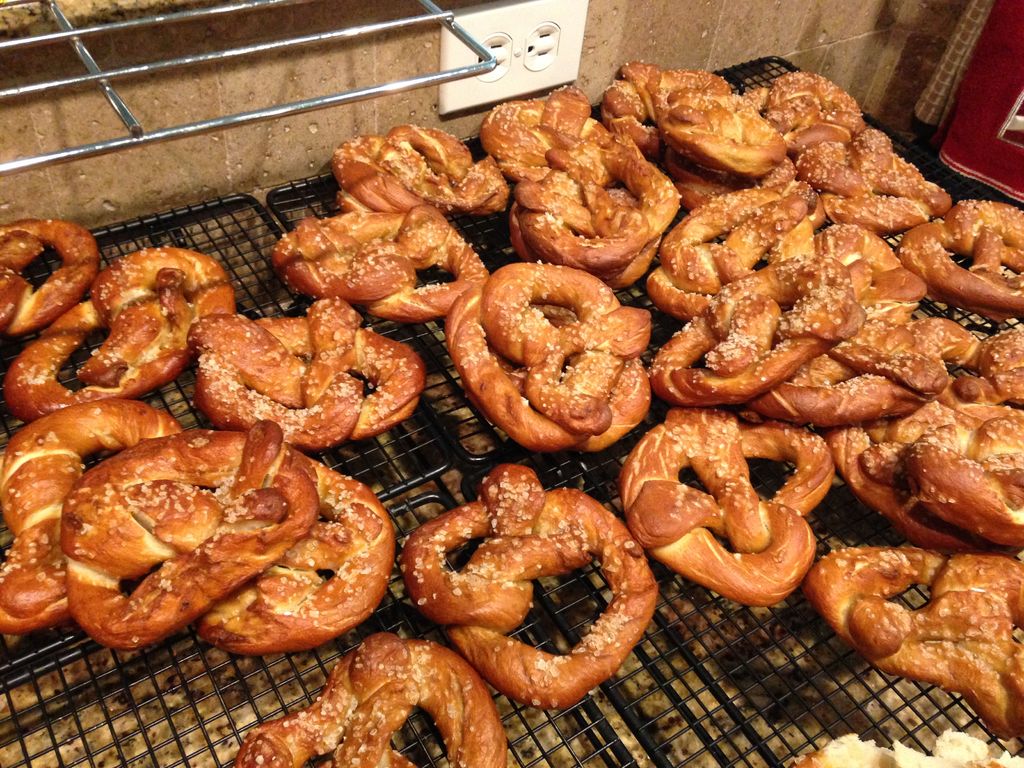
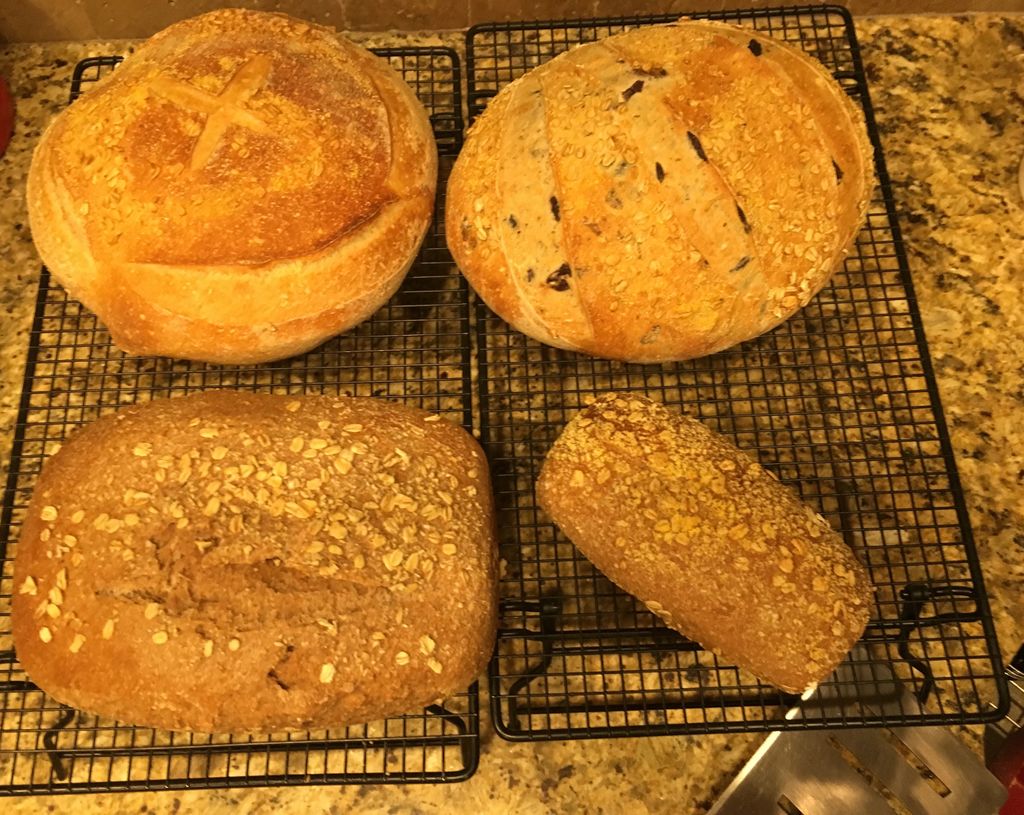


Steam is very important to the formation of the crust. You want to have a lot of steam for the first 5 min or so of the baking process, and then no more steam so that crust can set. Basically what happens is that when you put the dough in the oven it will start to rise. The dry air of the oven will bake the outer edge of the dough. This will form a hard crust that will not allow the dough to full rise. The outer crust will form a shell that will not allow the dough to rise as full as fully as it could. The steam will keep the outer crust from setting and forming the restrictive shell. This will allow the dough to rise further. Large commercial oven have steam injectors that you can turn on during the first part of a bake; but, as we all likely have home ovens we need another strategy. I place a disposable aluminum pie pan and put water into it with a wine bottle a few minutes before I put the dough in the oven. I will also spray the dough with a spray bottle. And if I am using a dutch oven I will just dump some water on the top of the dough just before I put the lid on the dutch oven. Either way you want to get the oven as steamy as you can for the first few minutes of the baking. A dutch oven also works great to hold in all that steam. Just dump some water in there before you put the lid on, and take the lid off after 5-10 min. Just make sure the entire thing (don't forget the handle at the top) can handle 500ºF!Important Points:Steam helps Only steam the first few min A disposable pie pan, old wine bottle, and spray bottle go a long way.
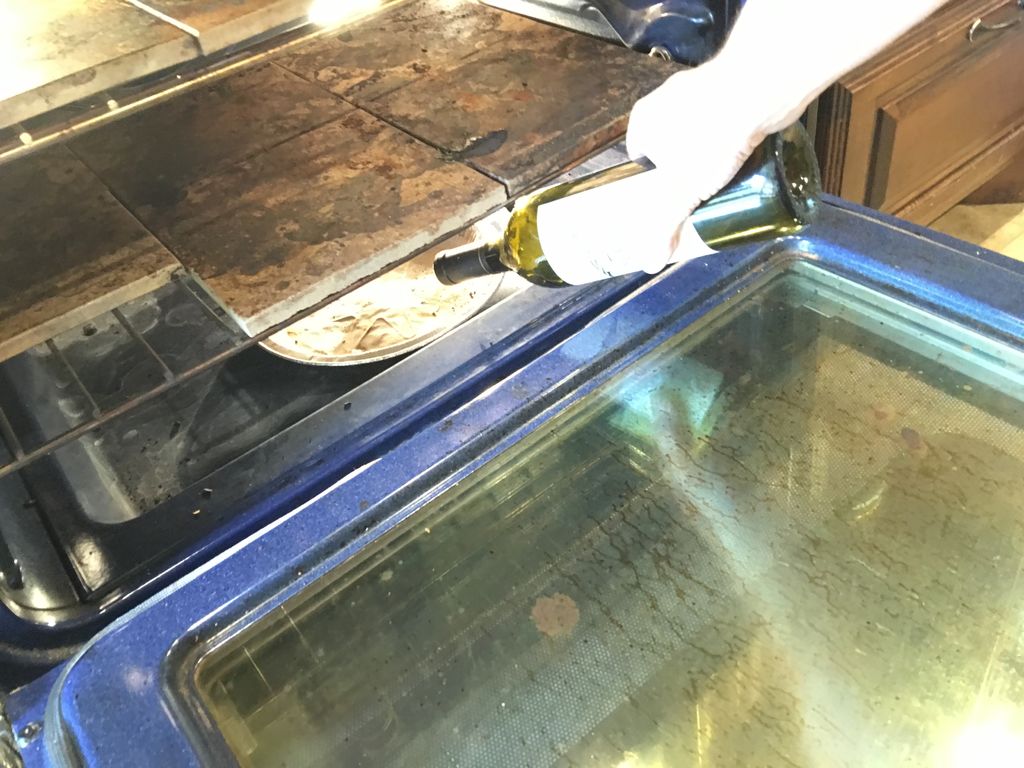
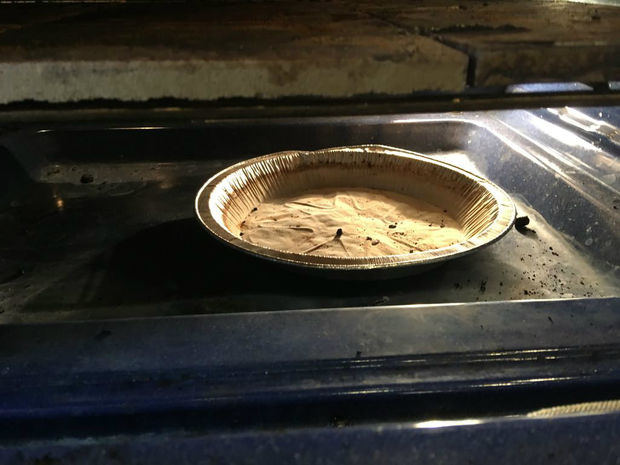
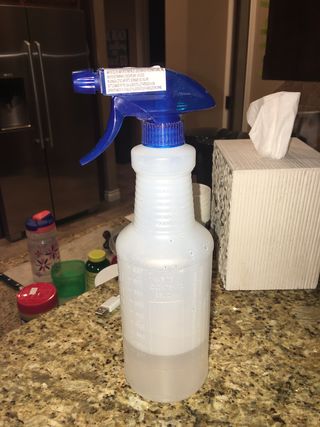
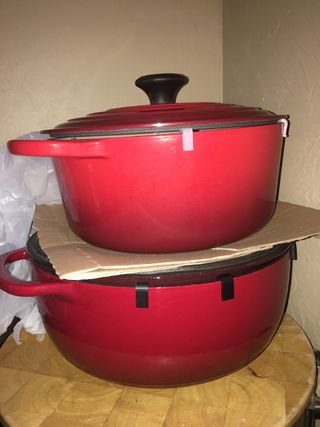




While the oven will dry the outer crust to form a crust this is something that has already happened during the last rise. The drying of the air will for a crust which can also form a shell and not allow the fullest extent of the rise. Using a sharp knife, scissors, or razor blade to slash the top of the loaf will allow the dough to expand through these cuts. It is best if you make the cuts on a very acute angle (not strait into the dough, but at an angle). This way the edge will curl up and form a most crusty edge. You can have all kinda of fun experimenting with different ways of slashing your bread.Important Points:Make cuts in the top to allow it to riseGet creative with your cuts, it's fun.
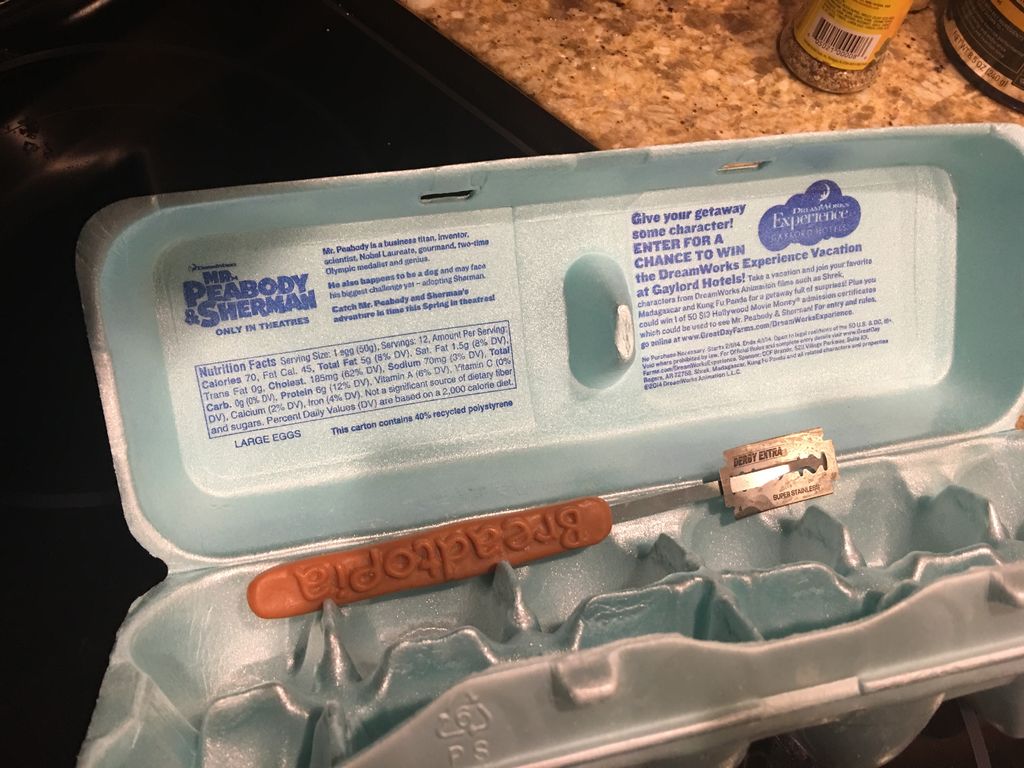
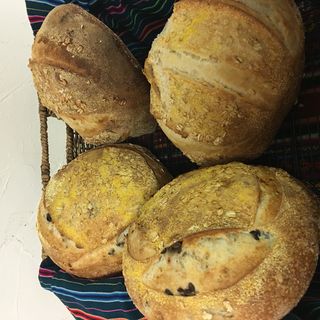
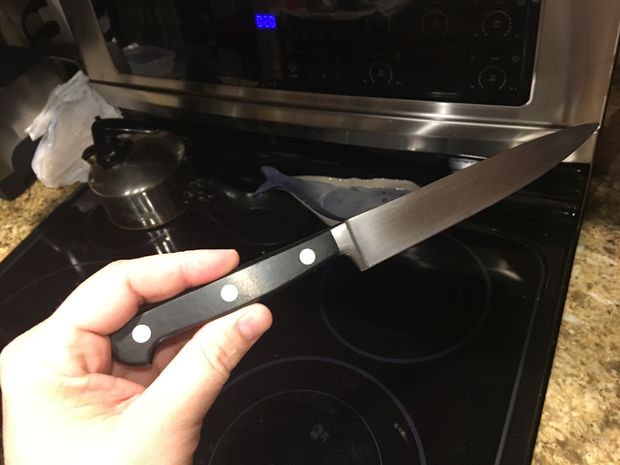
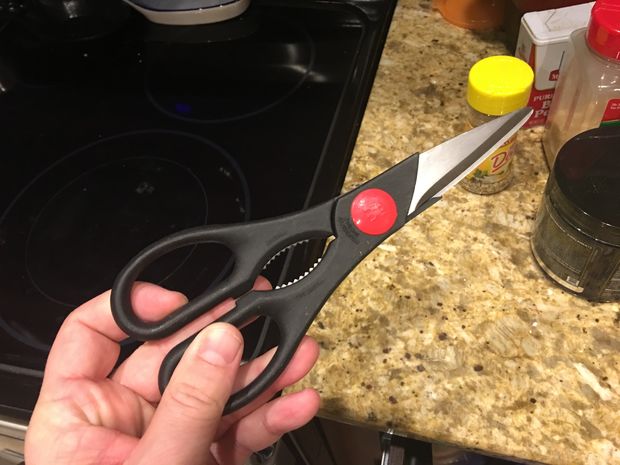




The modern oven lacks the radiant heat that a traditional brick oven has. The bricks absorb the heat, and retain it very well. That way when you set the dough on the floor the floor does not cool down very much, and continues to impart heat into the dough. Modern ovens do not have anything like this, so we have to do something to help simulate this. The most common thing used it a pizza stone; but, there are steel sheets that you can use. There are even whole inserts that you can place a whole stone insert, complete with lid.I have lined the entire shelf of my oven rack with unglazed quarry tiles I bought from Home Depot. I bought a case of 8" and a case of 6" and they have done my oven, my parents, and few friends. They are an easy and cheap way to get a lot of baking surface in your oven. While none of these things are perfect, they go a long way to improve the bread coming out of a regular oven. Important Points:Some kind of stone surface helpsLarge metal slaps also workI use unglazed quarry tiles to line my whole oven.
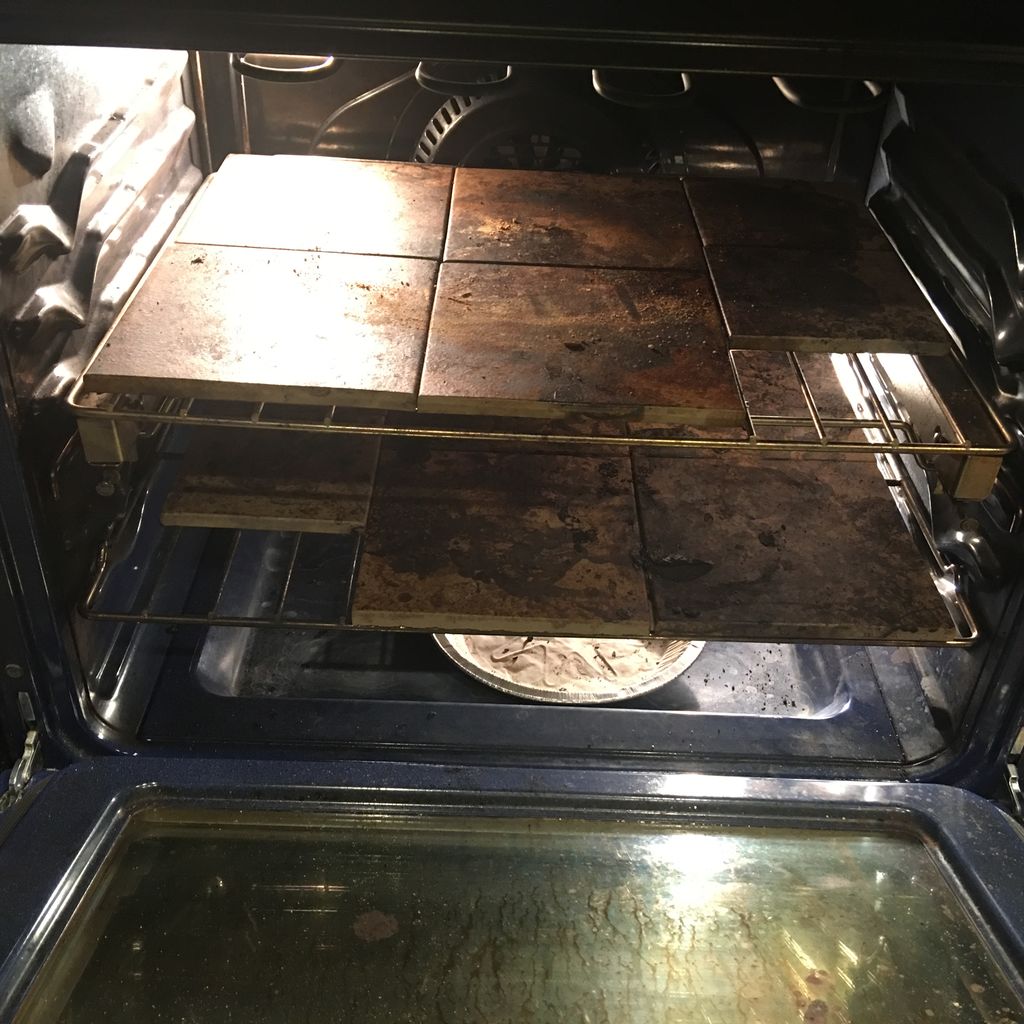

Raymond Calvel, professor of baking at ENSMIC in Paris, France, once said "you can't burn bread". While you can burn bread, he does have a point. It is said that up to 80% of the flavor of the bread is in the crust. And the more you bake it the more flavor is going to be in the crust. Now you don't want to burn it for real, but I am willing to bet that if you will bake a loaf an extra 5 min it will do nothing but help the flavor. Try it next time.Important Points:Bake it another 5 minutes. I bed you won't be disappointed.
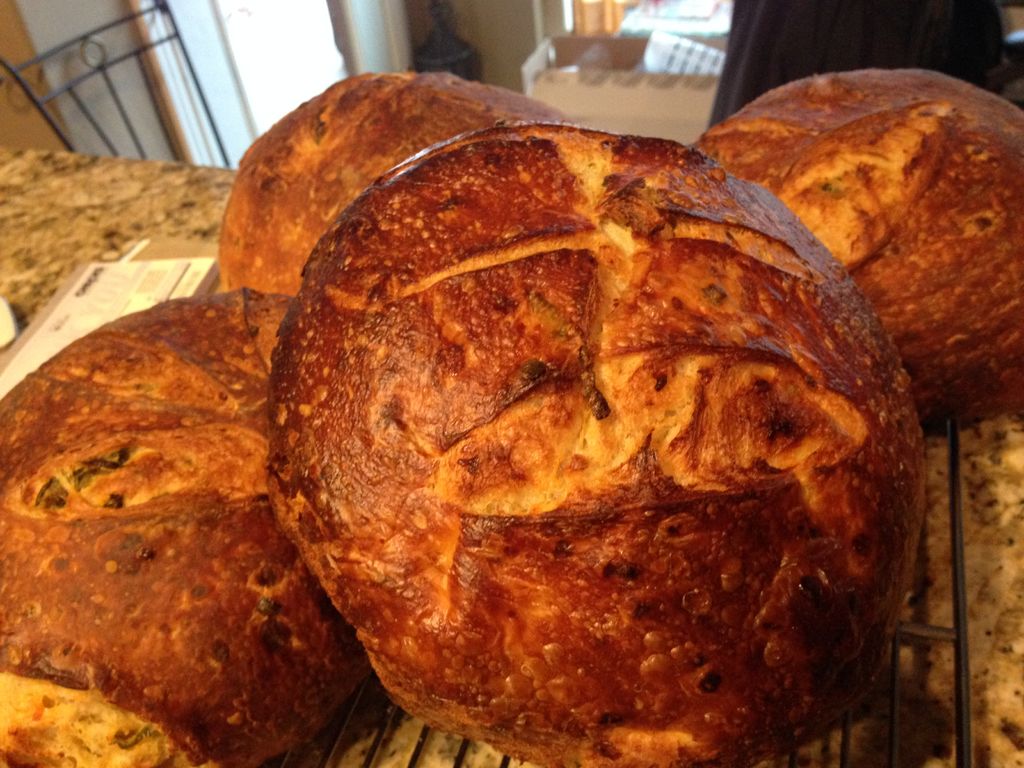

There are a few other "toys" that I use when making my bread.LameThis is nothing but a razor blade you use to slash the top of the bread with. A sharp knife, or even scissors work, but there is more you can do with a razor blade.Super PealI love this thing. It is what I use to put the dough in the oven. There is just nothing quite like it, and I love it!Large SpatulaI use a large grilling spatula that I bought a long time ago. I wish I could find another one of these things, I would so buy a few more! It is just big enough to lift any loaf, but small enough to get in where I need it. The only good thing is that I bought my dad one, so if I break it I know where I can find another. Spray bottleAs stated earlier steam and keeping the top of the dough wet is important. Just before I put the dough in the oven I will spray it down very heavy with the squirt bottle. If I open the oven in the first few min (like to add more dough) I will give all the loaves in the oven a few more squirts.BrotformThis is a basket that you use to rise the bread in. I have used everything from cheap $1 Dollar Tree baskets with a non-terry cloth towel, to real rattan proofing baskets (which really make things easier). But this is nothing except a basket to rise the dough in. Disposable pie pan and Wine BottleThis may seam like a silly addition, but it is very important to the steaming of the bread. The disposable pie pan is important because I have very hard water, and after just a few batches the pie pan is crusted in lime scale. When it gets too bad you can just throw it out and use a new one. The wine bottle is the perfect thing to add the water to the pie pan. It isn't going to melt, and the long neck lets you reach it without smiling too much. I truly do use these things with every loaf I make. StencilingThis is just a stencil that you make. It can be the shape of anything you want. Your initials, your logo, the person you are giving it to... whatever. Just before you bake the bread you sprinkle either flour or coco power on the dough with the stencil. It adds a really neat personal touch to your bread.French Rolling PinWhile I still love my American Rolling pin, it is just better for delicate items in my opinion. I have found the French pin works very well for breads when you really need to put some weight behind it. Important Points:There are all kinds of tools that can make things easier, better, or just more fun.
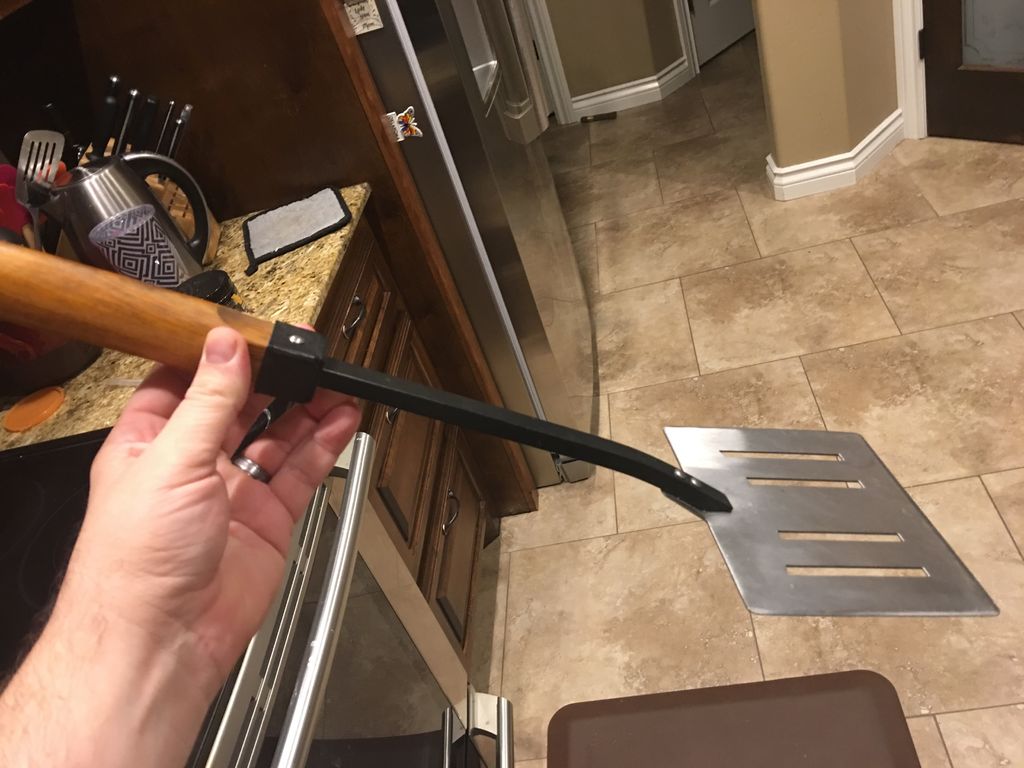
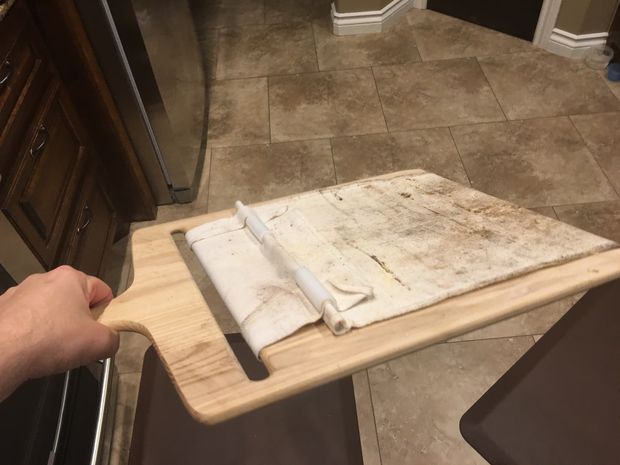
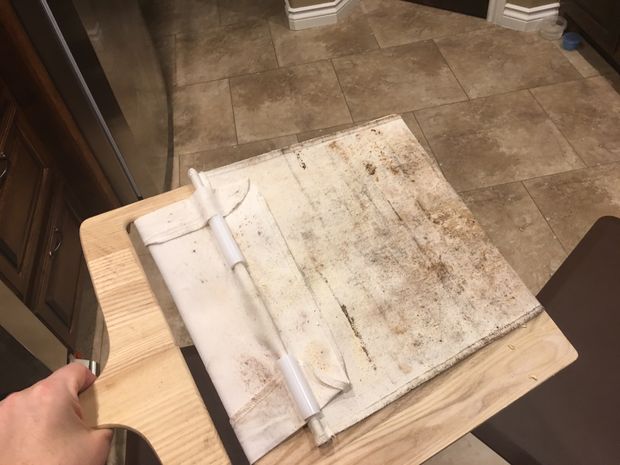
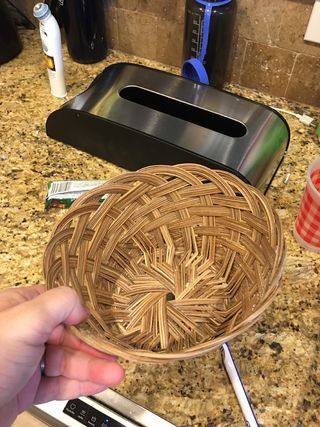
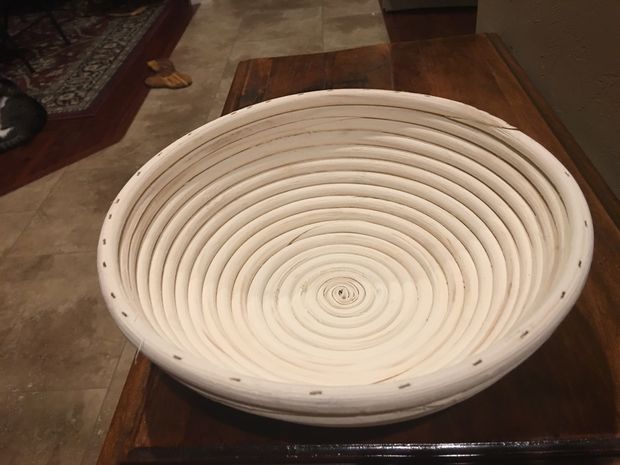
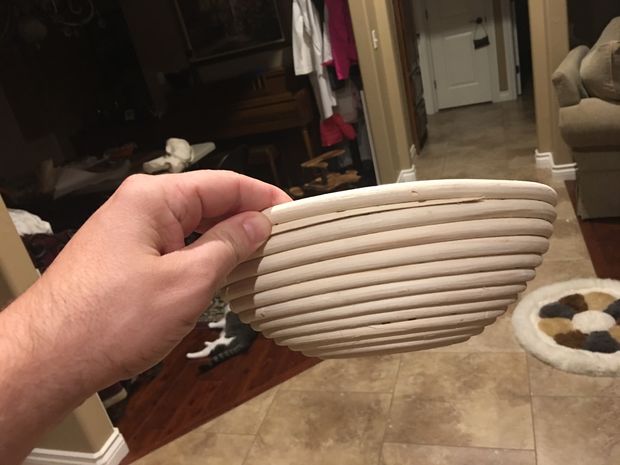






Prefermentschef, levain, sponge, madre bianca, mother, biga, and poolish. Basically all of these are "preferments". Basically what you do is add a small a little yeast to part of the flour and (most) of the water and let it sit for a few hours to a day. This allows the yeast to add some flavor to the flour, and also allows the baker to not have to buy as much yeast! There are all kinds of differences, but the biga and poolish are the most common.SourdoughReally this is not a style of bread like most Americans think of it. It is a type of levin, or yeast. You can have clean tasting "sourdough" breads that have absolutely zero "sour" flavor, or that have a lot. Just remember, it is not a style of bread, it is a type of levin.LameThis is nothing but a razor blade you use to slash the top of the bread with. Peal The big flat wood or metal thing you get put the bread in the oven or get it out with.BrotformThis is the basket you rise your dough in.AutolyseMixing flour and water without anything else in it and allowed to sit for 30 min to 12 hours or so. BatardA loaf of bread that is oval or oblong in shape.BouleA round loaf of breadBulk fermentationJust letting a lot of dough rise together before you make it into loaves. CrumbThe inside portion of your bread (not the crust)CrustThe outside portion of your bread (not the crumb)
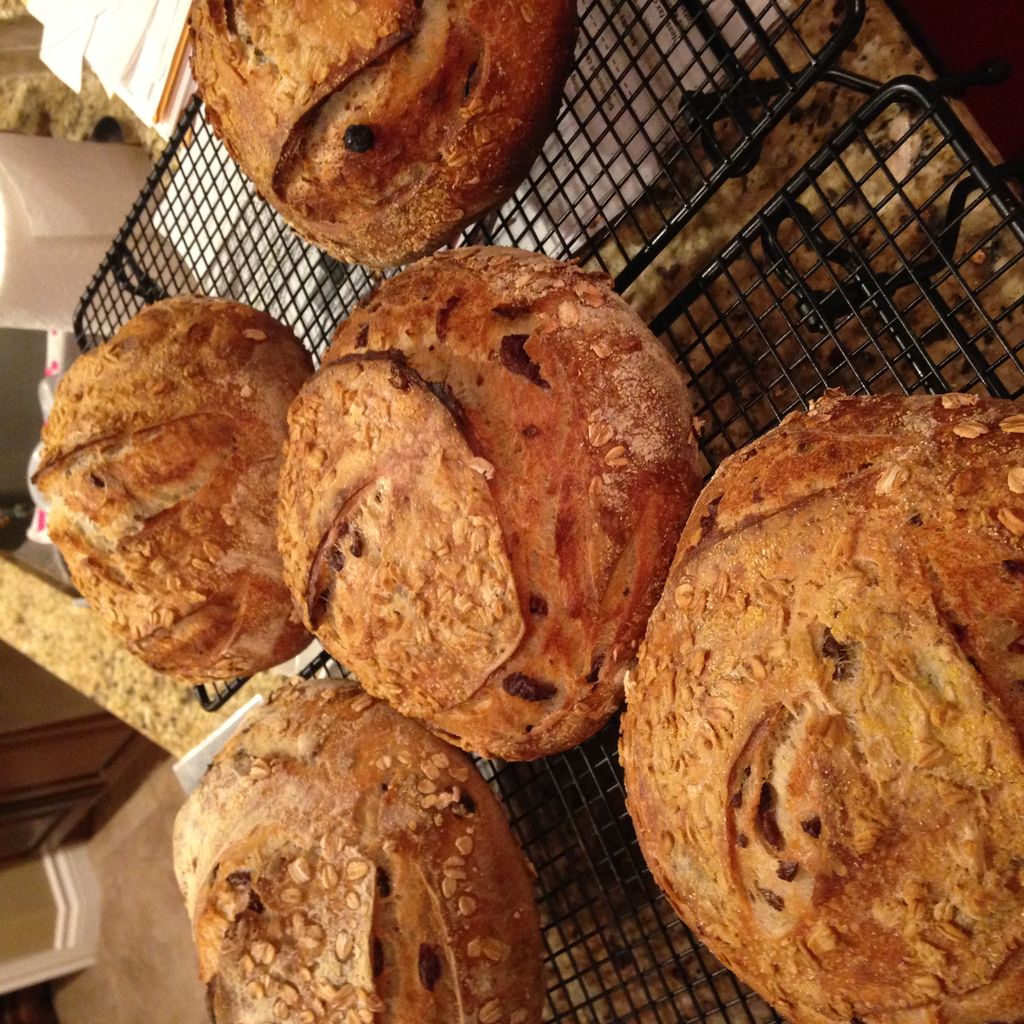
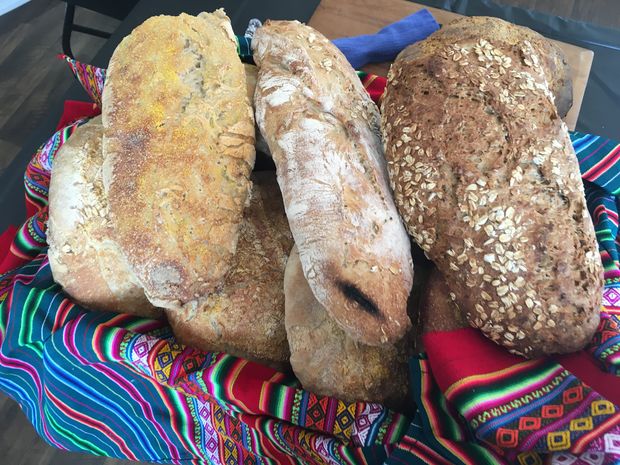
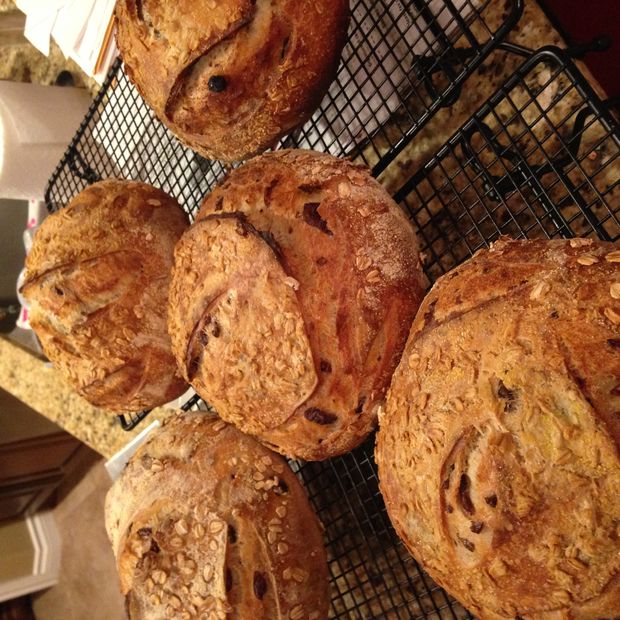



OK, this sure isn't going to win any awards, but I hope this helps. It is for sure not a complete "how to" but I hope it will answer some questions, and help you go from someone who can bake a loaf of bread, to someone who can truly master the art of baking. It's a lot of fun, and I hope you get into it even more!Important Points:Just go bake some bread!And taking a class will sure help too!
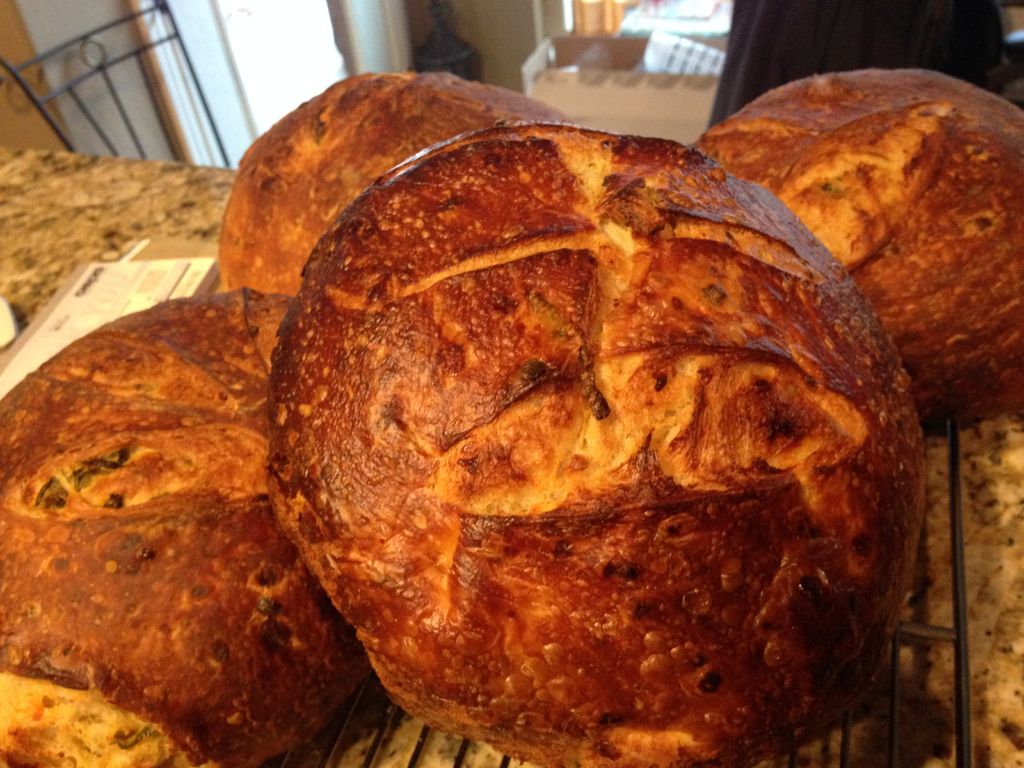
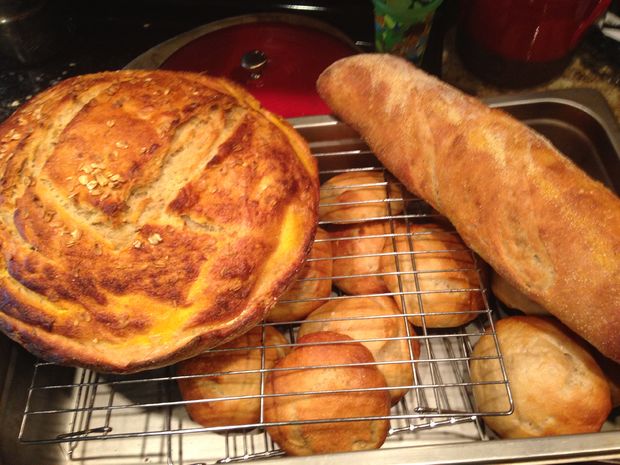
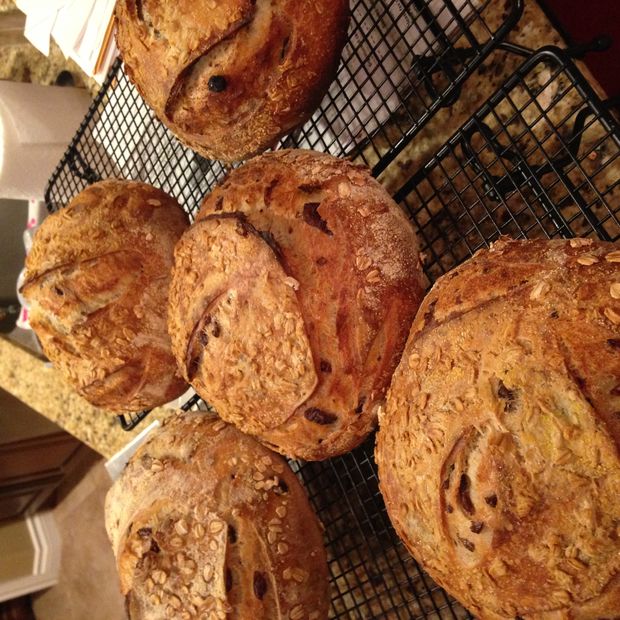
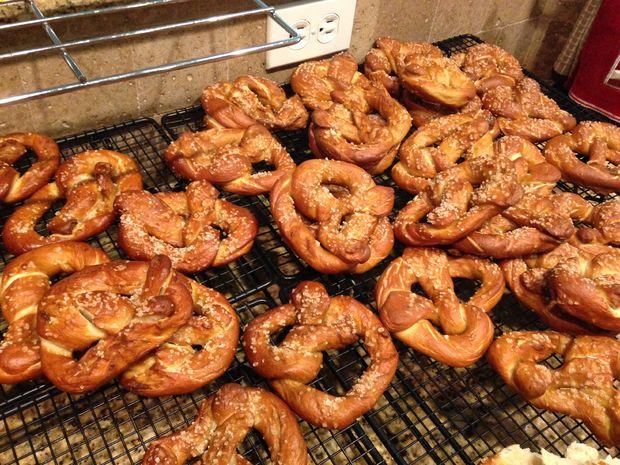
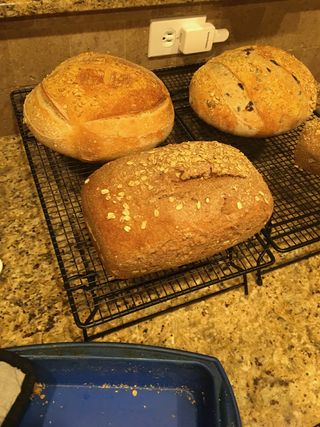
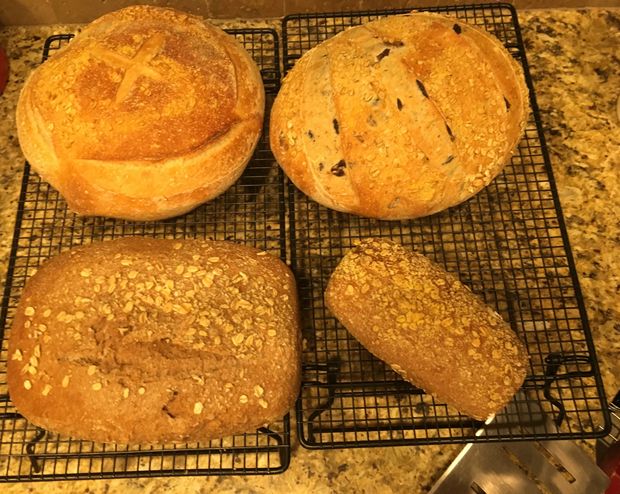






Question & Answer
Question: Choose the best title for the missing blank to correctly complete the recipe.
Excel
Get Radiant!
Fun Tools
____________
Choices:
(A) Vocabulary Says What?!?!
(B) Easy Bread Recipe for Beginners.
(C) gado and Cowboy Bread Ingridents
(D) gado Cooking Instructions
 (A) Vocabulary Says What?!?!
(A) Vocabulary Says What?!?!